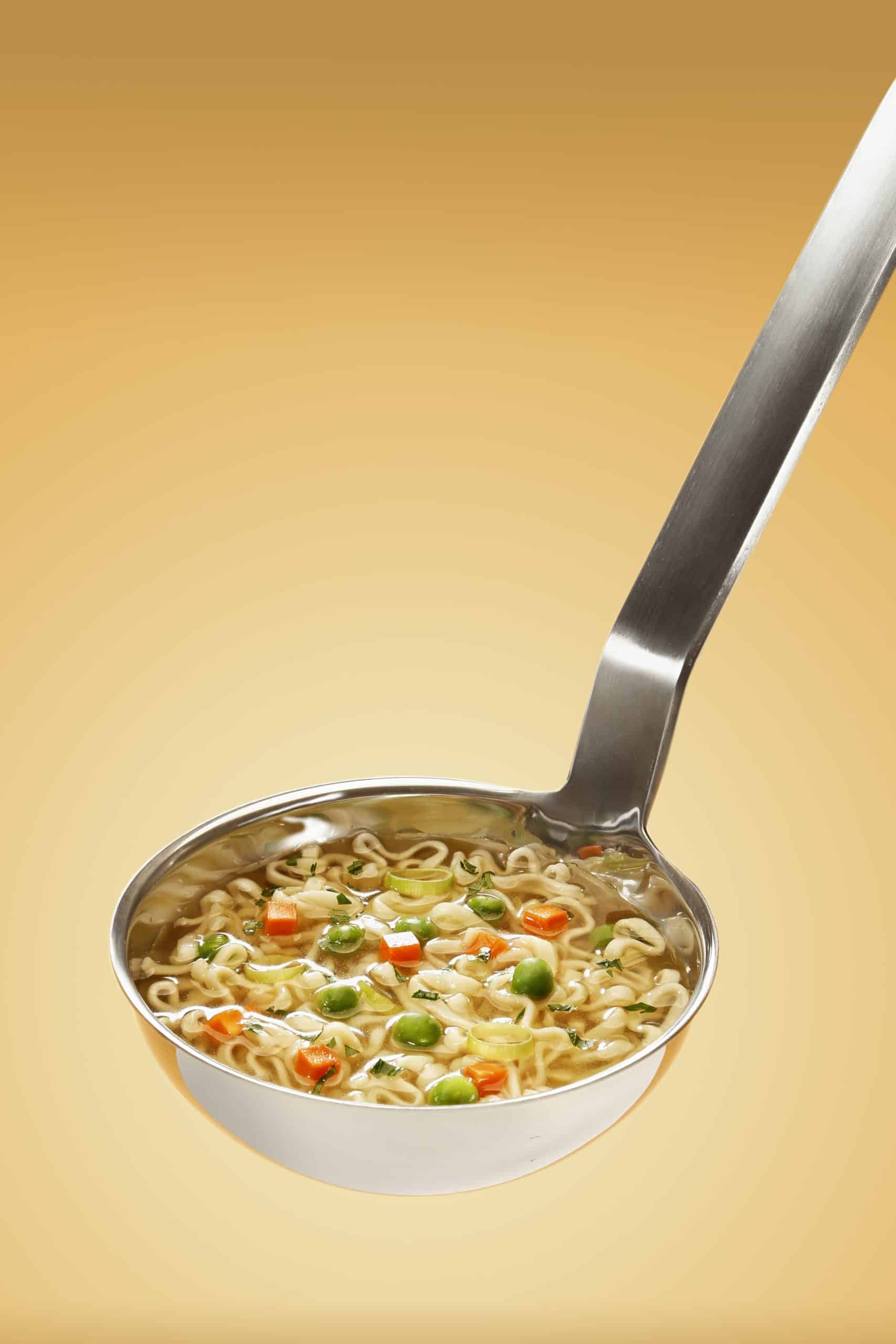Fish can be a fantastic addition to your dog's diet, providing numerous health benefits that can improve their overall wellbeing. Not only is fish a great source of protein, but it also contains essential omega-3 fatty acids, which are important for promoting healthy skin, coat, and joints in dogs. Additionally, fish is low in saturated fats, making it a healthier alternative to other types of meat. By incorporating fish into your dog's meals, you can help support their immune system, promote brain development, and maintain their overall health and vitality.

This image is property of images.unsplash.com.
Benefits of Fish in Your Dog's Diet
1. Omega-3 Fatty Acids
Fish, especially fatty fish like salmon and sardines, is an excellent source of omega-3 fatty acids. These essential nutrients play a crucial role in your dog's overall health and well-being. Omega-3 fatty acids have been shown to support brain development, reduce inflammation, and promote healthy skin and coat.
2. Improved Skin and Coat Health
Including fish in your dog's diet can lead to improved skin and coat health. The omega-3 fatty acids found in fish help to nourish the skin and reduce dryness and itching. This can be especially beneficial for dogs who suffer from allergies or skin conditions.
3. Joint Health and Mobility
Fish is rich in omega-3 fatty acids and other nutrients that can support joint health and mobility in dogs. These nutrients help to reduce inflammation in the joints, which can alleviate pain and stiffness. Regular consumption of fish can be especially helpful for dogs with arthritis or other joint issues.
4. Weight Management
Fish can be a beneficial addition to a dog's diet when it comes to weight management. Fish is a lean source of protein, which can help your dog feel full and satisfied without consuming excessive calories. Additionally, the omega-3 fatty acids in fish have been shown to support a healthy metabolism.
5. Reduced Inflammation
Chronic inflammation can contribute to a variety of health issues in dogs. The omega-3 fatty acids found in fish have anti-inflammatory properties, which can help to reduce inflammation throughout the body. By including fish in your dog's diet, you may be able to help alleviate symptoms of inflammation-related conditions.
6. Boosted Immunity
A strong immune system is essential for your dog's overall health. Fish is packed with nutrients, such as vitamins D and E, selenium, and zinc, which are known to support immune function. By incorporating fish into your dog's diet, you can help strengthen their immune system and enhance their ability to fight off infections and diseases.
7. Cognitive Function
Fish is often referred to as "brain food" for a reason. The omega-3 fatty acids found in fish, particularly DHA (docosahexaenoic acid), are essential for brain health and cognitive function. By regularly feeding your dog fish, you can potentially improve their memory, learning abilities, and overall cognitive function.
8. Allergy Relief
If your dog suffers from food allergies or sensitivities, fish can be an excellent alternative protein source. Fish is less likely to trigger allergic reactions compared to common proteins like beef or chicken. By incorporating fish into your dog's diet, you can provide them with a nutritious and hypoallergenic protein source.
9. Dental Health
Fish can contribute to better dental health in dogs. Chewing on fish, especially whole fish or fish with bones, can help remove plaque and tartar buildup on your dog's teeth. Additionally, the omega-3 fatty acids in fish can contribute to healthier gums and overall oral hygiene.
10. Increased Energy and Vitality
A well-balanced diet that includes fish can provide your dog with the energy and vitality they need to live an active and fulfilling life. The high-quality protein and essential nutrients in fish can support muscle growth, enhance energy levels, and improve overall vitality in dogs.
Best Types of Fish for Dogs
1. Salmon
Salmon is a popular choice of fish for dogs due to its high omega-3 fatty acid content. It is also an excellent source of protein and can positively impact your dog's skin, coat, and joint health.
2. Sardines
Sardines are small, oily fish that are packed with nutrients. They are rich in omega-3 fatty acids and are a great source of protein, calcium, and vitamin D. Sardines can benefit your dog's overall health and contribute to improved skin, coat, and joint health.
3. Mackerel
Mackerel is another fish that is rich in omega-3 fatty acids and can provide numerous health benefits to your dog. It is a flavorful fish that can support joint health, promote a shiny coat, and aid in reducing inflammation.
4. Trout
Trout is a freshwater fish that is high in omega-3 fatty acids and a good source of protein. It can contribute to healthy skin, coat, and heart health in dogs.
5. Whitefish
Whitefish, such as cod and haddock, is a lean protein source that is often recommended for dogs with sensitivities or allergies to other types of fish. It is low in fat and can support weight management in dogs.
6. Tuna
Tuna is a widely available fish that is rich in protein and omega-3 fatty acids. However, it should be fed in moderation due to its high mercury content. It can still be included in your dog's diet occasionally for variety and added nutrients.
7. Anchovies
Anchovies are small, oily fish that are an excellent source of omega-3 fatty acids. They can enhance your dog's skin and coat health and contribute to improved joint health.
8. Herring
Herring is a nutrient-dense fish that is rich in omega-3 fatty acids, B vitamins, and minerals. Including herring in your dog's diet can support their overall health and vitality.
9. Pollock
Pollock is a mild-tasting fish that is low in fat and suitable for dogs with sensitivities or allergies. It is a great source of protein and can contribute to improved skin, coat, and joint health.
10. Cod
Cod is a white fish that is low in fat and high in protein. It is easily digestible and can be included in your dog's diet to provide essential nutrients while being gentle on their digestive system.
Precautions and Considerations
1. Types of Fish to Avoid
Not all types of fish are safe for dogs. Fish that are high in mercury, such as swordfish, shark, and tilefish, should be avoided. These types of fish can accumulate higher levels of mercury, which can be harmful to your dog's health.
2. Safe Preparation and Feeding
When preparing fish for your dog, it is important to cook it thoroughly to kill any potential bacteria or parasites. Avoid using seasonings or oils that can be harmful to dogs. Remove any bones before serving to prevent choking hazards.
3. Proper Portioning
It is essential to feed fish to your dog in moderation and in appropriate portions. Too much fish can lead to nutritional imbalances or an upset stomach. Consult with your veterinarian to determine the right amount of fish to include in your dog's diet.
4. Bones and Cooking Methods
Fish bones can pose a choking hazard and may splinter and cause internal injuries. Always remove bones from fish before feeding it to your dog. Additionally, avoid frying or seasoning fish with ingredients that can be harmful to dogs, such as garlic or onions.
5. Allergies and Sensitivities
While fish can be a beneficial addition to most dogs' diets, some may have allergies or sensitivities to certain types of fish. If you notice any adverse reactions, such as vomiting, diarrhea, or itching, consult with your veterinarian to determine the underlying cause.
6. Consulting with a Veterinarian
Before making any significant changes to your dog's diet, it is always recommended to consult with a veterinarian. They can provide personalized advice based on your dog's health condition, age, breed, and dietary needs.
7. Monitoring Digestive Health
When incorporating fish into your dog's diet, it is essential to monitor their digestive health. Keep an eye out for any changes in appetite, stool consistency, or digestive discomfort. If you notice any issues, consult with your veterinarian to address them promptly.
8. Introducing Fish to a Dog's Diet
If your dog has never had fish before or is switching to a new type of fish, it is best to introduce it gradually. Start with small amounts and closely monitor their reaction. This will help prevent any potential digestive upset or allergies.
9. Fresh vs. Frozen Fish
Both fresh and frozen fish can be suitable options for your dog's diet. However, it is crucial to ensure that the fish is of high quality and sourced from reputable sources. If using frozen fish, thaw it thoroughly before feeding it to your dog.
10. Store-Bought vs. Homemade Fish Meals
You have the option to include fish in your dog's diet through store-bought dog food or homemade meals. If opting for store-bought options, look for reputable brands that use high-quality ingredients. If preparing homemade fish meals, ensure a balanced diet by including other essential nutrients and consulting with a veterinary nutritionist.
Incorporating Fish into Your Dog's Diet
1. Starting Slowly
When introducing fish into your dog's diet, start with small portions and gradually increase it over time. This allows your dog's digestive system to adjust and reduces the risk of gastrointestinal upset.
2. Mixing with Regular Food
To ensure a smooth transition, mix fish with your dog's regular food. Start with a small amount of fish and gradually increase the ratio until your dog is eating a primarily fish-based meal.
3. Variety and Rotation
To provide a well-rounded diet, it is beneficial to include different types of fish and rotate them regularly. This helps to ensure your dog receives a range of nutrients and prevents them from developing sensitivities to a particular type of fish.
4. Fresh Fish vs. Canned Fish
Both fresh fish and canned fish can be used to incorporate fish into your dog's diet. Fresh fish is generally more nutritious, but canned fish can be a convenient option. If using canned fish, choose varieties that are packed in water or their natural juices, without added salt or seasonings.
5. Cooking and Preparing Fish at Home
If you prefer to prepare fish meals at home, ensure that it is cooked thoroughly to eliminate any potential bacteria or parasites. Use simple cooking methods like baking, boiling, or grilling without added oils or seasonings.
6. Homemade Fish Treats
You can also make homemade fish treats for your dog. Use boneless, skinless fish and bake them until they are fully cooked and crispy. Homemade treats are a great way to incorporate fish into your dog's diet while providing them with a tasty reward.
7. Supplementing with Fish Oil
In addition to feeding fish, you can also supplement your dog's diet with fish oil. Fish oil is a concentrated source of omega-3 fatty acids and can provide additional benefits for your dog's health. Consult with your veterinarian to determine the appropriate fish oil dosage for your dog.
8. Monitoring Results and Adjustments
As you incorporate fish into your dog's diet, closely monitor their overall health and well-being. Look for improvements in their skin, coat, joint mobility, and overall vitality. If necessary, make adjustments to the type or amount of fish being fed based on your dog's individual needs.
9. Feeding Guidelines by Size and Breed
Feeding guidelines may vary depending on your dog's size, age, breed, and overall health. Larger breeds may require more fish compared to smaller breeds. Consult with your veterinarian to determine the appropriate serving size and feeding frequency for your dog.
10. Consulting a Veterinary Nutritionist
For a more personalized approach to incorporating fish into your dog's diet, consider consulting a veterinary nutritionist. They can create a customized meal plan that takes into account your dog's unique nutritional needs, health concerns, and dietary preferences.

This image is property of images.unsplash.com.
Frequently Asked Questions about Feeding Fish to Dogs
1. Can all dogs eat fish?
Most dogs can eat fish, but some may have allergies or sensitivities to certain types of fish. It is best to introduce fish gradually and monitor your dog's reaction for any signs of intolerance or allergic reactions.
2. How much fish should be included in a dog's diet?
The amount of fish to include in a dog's diet depends on various factors, including their size, breed, and overall health. Consult with your veterinarian to determine the appropriate portion sizes and feeding frequency for your dog.
3. Can fish be given to dogs with allergies?
Fish can be a suitable alternative protein source for dogs with allergies, as it is less likely to trigger allergic reactions compared to common proteins like beef or chicken. However, individual dogs may still have allergies or sensitivities to specific types of fish.
4. How to recognize signs of fish intolerance in dogs?
Signs of fish intolerance in dogs may include vomiting, diarrhea, gas, or skin irritations. If you notice any of these symptoms after feeding your dog fish, it is best to consult with your veterinarian to determine the underlying cause.
5. Are fish oil supplements necessary if feeding fish?
Feeding fish alone can provide your dog with beneficial omega-3 fatty acids. However, fish oil supplements can be a convenient way to ensure your dog is receiving an adequate amount of these essential nutrients. Consult with your veterinarian for guidance on fish oil supplementation.
6. Can fish bones be harmful to dogs?
Fish bones can pose a choking hazard and may splinter, causing internal injuries. Always remove bones from fish before feeding it to your dog. Boneless fish or fish with soft, edible bones are a safer option.
7. Is it preferable to feed cooked or raw fish?
For safety reasons, it is generally recommended to feed dogs cooked fish. Cooking fish thoroughly helps eliminate potential bacteria or parasites that could be harmful to your dog's health.
8. Can fish help with a dog's weight loss?
Fish can be a beneficial addition to a weight loss diet for dogs. It is a lean source of protein that can help your dog feel full and satisfied without consuming excessive calories. Consult with your veterinarian to develop a balanced weight loss plan for your dog.
9. How often should fish be fed to dogs?
The frequency of feeding fish to dogs can vary depending on their dietary needs and overall health. It is generally safe to include fish in your dog's diet two to three times a week. However, consult with your veterinarian to determine the appropriate feeding frequency for your dog.
10. What should be avoided when feeding fish to dogs?
When feeding fish to dogs, it is important to avoid types of fish with high mercury content, such as swordfish, shark, and tilefish. Additionally, avoid using seasonings or oils that can be harmful to dogs, such as garlic or onions. Always remove bones from fish before feeding it to your dog to prevent choking hazards.
Conclusion
Incorporating fish into your dog's diet can provide numerous health benefits. From improved skin and coat health to enhanced joint mobility and cognitive function, fish offers essential nutrients that support your dog's overall well-being. By choosing the right types of fish, preparing it safely, and monitoring your dog's response, you can ensure a balanced and nutritious diet for your furry friend. Remember to consult with your veterinarian for personalized advice and guidance on incorporating fish into your dog's diet.

This image is property of images.unsplash.com.


